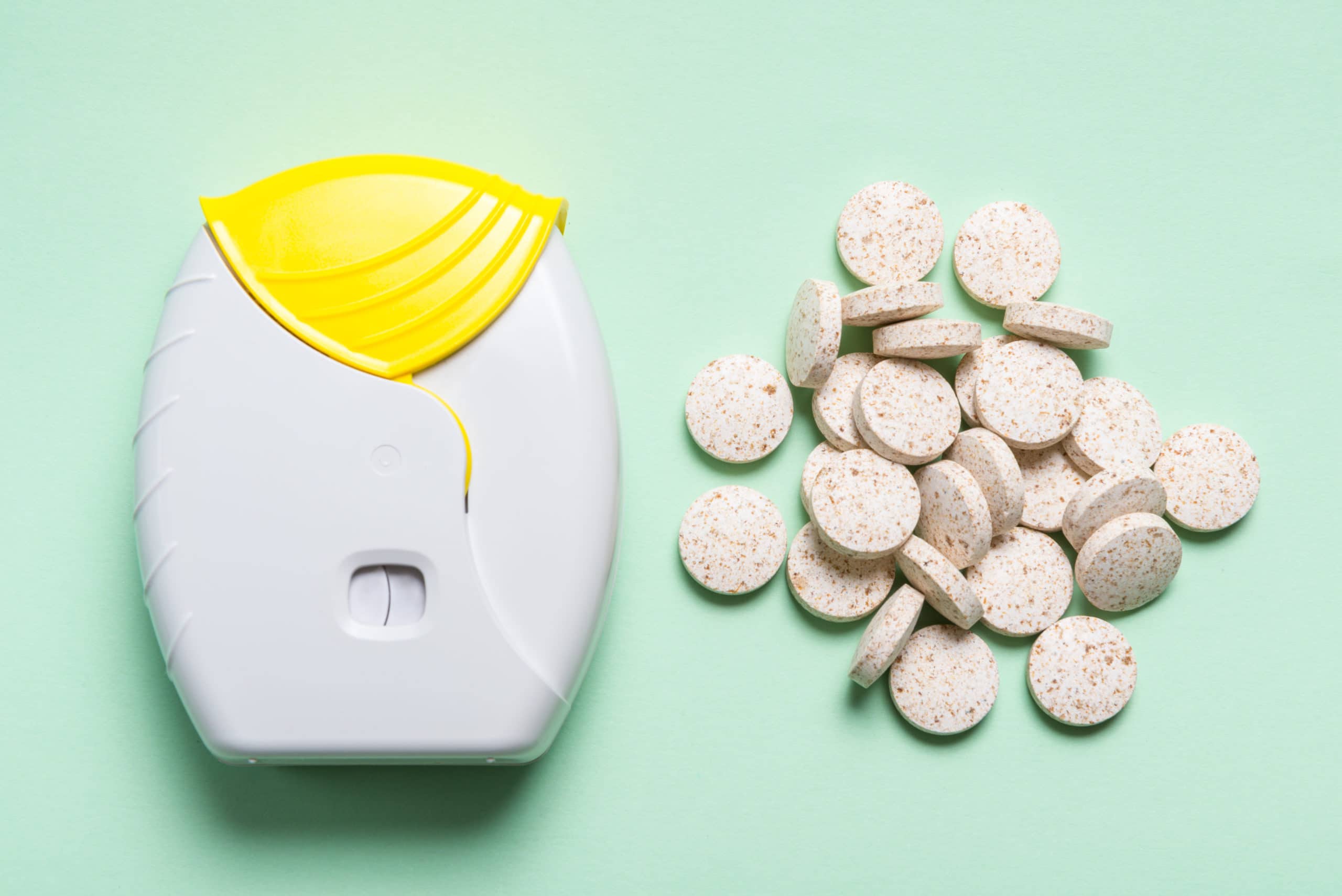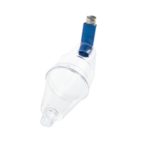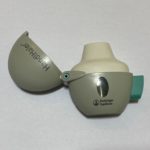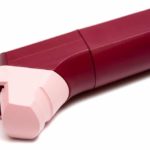Treatment of Asthma: Pathways, relievers, preventers, steroids and LRTIs.
There are three different pathways used in the treatment of asthma depending on the age. There is a pathway for adults (those who are 17 years and over), children who are between 5 and 16 years old and for children who are under five.
Importance of taking your asthma medicines
It is important that you take your asthma preventer medicines as prescribed by your doctor so that your airways are less inflamed and less sensitive, making you less likely to get asthma symptoms.
You will know your asthma is well controlled when you:
• you don’t get daytime symptoms
• your asthma is not stopping you from your normal daily activities
• you don’t have any asthma attacks
• your asthma does not wake you up at night
• you don’t need to use your reliever inhaler
Remember to take your reliever inhaler if your symptoms get worse or if you are having an asthma attack. Make a note of how often you are using your reliever inhaler because if you are using it three times or more in a week, then it may be a sign that your asthma is not well controlled.
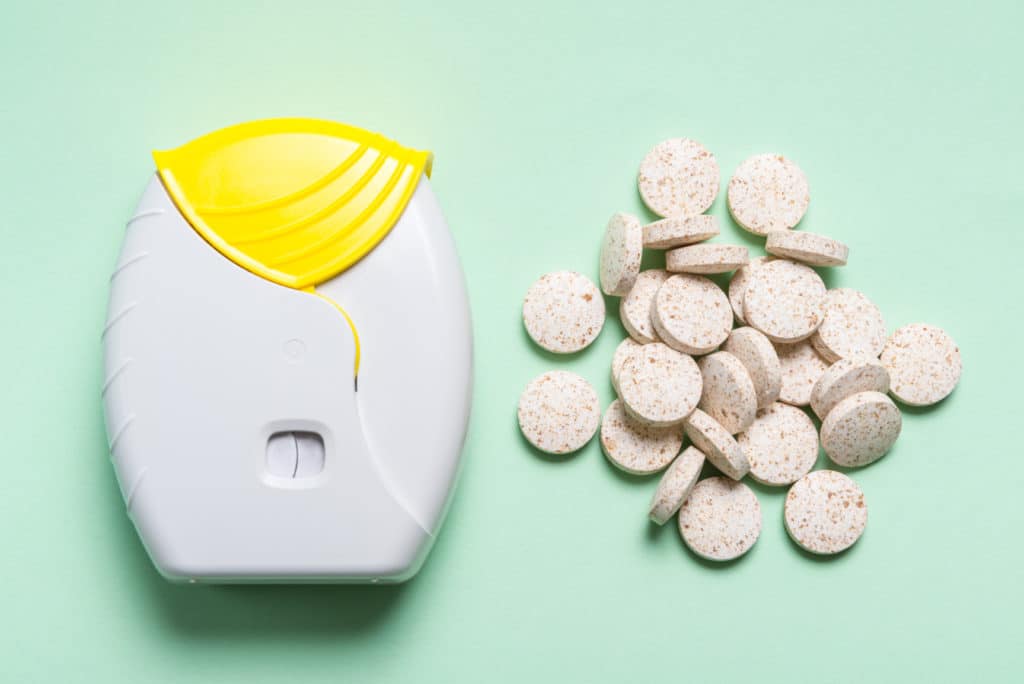
Getting you on the best asthma treatment for you
It can take a while to find the best treatment for you, so it is advised that you attend all your doctors’ appointments and reviews. You will usually have a review some weeks after your usual dose or medicines/inhaler is changed. This is just to check that your medicines are working as expected and that they are the right medicines for you.
Your doctor may need to increase the dose of medication you are currently on. However, the doctor will first need to know that you are currently taking medication correctly for example that you have the right inhaler technique, how regularly you’re using your preventer medicine and any triggers you might be exposed to. This is because with the right support from healthcare staff, a good inhaler technique, a good routine that helps taking your asthma drug and by avoiding your asthma triggers, you may not require an increase in dose.
Pathway for treatment of Asthma in adults
Your doctor will start treatment based on how often you are having asthma symptoms.
1. Reliever inhaler in the treatment of asthma
Your doctor will prescribe you a reliever inhaler when you only have occasional mild symptoms which may be due to coming in contact with your specific known trigger. The colour of reliever inhalers is usually blue. Only few people have their asthma controlled by reliever inhaler alone. Most people with asthma will also require a regular preventer inhaler to prevent any asthma symptoms.
If your symptoms are not controlled:, for example if you’re using your reliever inhaler three times a week or more, your symptoms are waking you up at night, or you’re getting symptoms most weeks, then go and see your doctor to add a preventer inhaler as well.
How reliever inhalers work
Reliever inhalers contain medicines that get straight to your lungs and quickly relax the muscles around your airways. This causes your airways to open widely and make is easier for you to breathe again. You should usually breathe easier within minutes. Reliever inhalers can come to your rescue if you do have an asthma attack.
Reliever inhalers are prescribed to anyone with asthma to help you relieve any asthma symptoms quickly when you get them.
When to use your reliever inhaler
You should use your reliever inhaler as soon as you notice any asthma symptoms. This is to help bring your asthma under control and prevent an asthma attack. You may also take your asthma inhaler twenty (20) minutes before you exercise if your asthma is triggered by exercise. Asthma that is triggered by exercise may be a sign that your asthma is not well managed.
2. Reliever inhaler and a preventer inhaler in the treatment of asthma
If your symptoms are not controlled with a reliever inhaler only and you are still having symptoms three or more times a week, or if the symptoms are waking you up at night, you need to have a preventer inhaler added to your reliever inhaler. Your doctor will prescribe you the preventer inhaler in addition to your reliever to help prevent symptoms by stopping inflammation in your airways. The colour of preventer inhalers is usually brown, orange, red, purple or pink.
Your reliever and preventer inhalers work together to help reduce the risk of having an asthma attacks. While the reliever inhaler works immediately to relieve asthma symptoms to prevent progression to asthma attack, a preventer inhaler works in the background to stop inflammation, swelling and sensitivity in your airways. You should not stop taking your reliever inhaler with you because your doctor prescribed you a preventer inhaler because you require both inhalers to control your asthma.
It is important that you take your preventer inhaler as prescribed every day (usually twice daily at morning and at night), using good inhaler technique, so that you are less likely to react to asthma triggers, get any asthma symptoms or have an asthma attack. You should take your preventer inhaler even if you are not getting any asthma symptoms. This helps build up the protective effect of the medicine and this happens over time. You may not notice any improvement immediately but eventually you will feel the benefit.
3. A reliever inhaler, a preventer inhaler and an LTRA tablet in the treatment of asthma
Your doctor will prescribe you a Leukotriene Receptor Antagonist tablet (LTRA), for example Montelukast if you are still getting symptoms despite taking your preventer medications. LTRAs are to be taken every day to help stop your airways from getting inflamed.
4. Combination inhalers in the treatment of asthma
If your symptoms are still not completely controlled with the LTRA plus preventer inhaler, then your doctor may prescribe you an inhaler which contains both a preventer and a long-acting reliever. Your doctor will decide if it is appropriate for you to continue the LTRA. He/she may also decide if it is appropriate to increase the dose in the combination inhaler depending on how you respond to treatment.
5. Other add-on treatments used in the treatment of asthma
If your asthma still remains uncontrolled despite all these treatment, your doctor may prescribe you a higher dose of combination inhaler. Your doctor may also prescribe you a different type of long acting reliever or another medication called theophylline. You should also be referred to an asthma specialist.
Treatment and medicine reviews
You doctor will need to review your treatment and medication/inhalers periodically. At this point, he/she would decide whether to increase or reduce your asthma medicines or inhalers or leave it as it is depending on your symptoms. It is important that you attend these reviews.
Remember that you don’t have to wait for your next scheduled review before seeing your doctor if your symptoms are not controlled.
Types of reliever inhalers used in the treatment of asthma
Metered dose inhalers (MDIs): This contains medicine in a spray form (aerosol).
Breath actuated inhalers (BAIs), automatically release a spray of medicine when you begin to inhale.
Dry powder inhalers (DPIs), contains medicine in a dry powder form
Some important points about your inhaler
Ensure you have your reliever inhaler with you at all times; ready for you to use it when you need it.
Use spacer with MDI inhaler to ensure the medicine in the inhaler gets to where it needs to be and to also reduce side effects.
Ensure you are using the right inhaler technique.
You should use your reliever inhaler as a way to know when your asthma is not well controlled. If you’re using your reliever inhaler three times a week or more, your symptoms are waking you up at night, or you’re getting symptoms most weeks, then it’s a sign that your asthma is not well controlled. Go and see your doctor for a review.
Ensure your reliever is not out of date. This is especially important for those who do not use their reliever inhalers often. This means it could go out of date without realizing.
Ensure there is enough medicine left in your reliever inhaler. This is especially important for when you’re travelling out of town.
Ensure you store your reliever inhaler properly and at the right temperature.
Ensure you call for emergency help when having an asthma attack. If you use your reliever inhaler following asthma symptoms and it is not helping, then you may be having an asthma attack.
Side effects of reliever inhalers
Faster heart beats which usually lasts for a short while
Slight muscles shake
If you use your reliever inhaler regularly, your body could start to get used to it which means you may need higher doses for it to work.
Taking your preventer inhaler regularly even when you’re feeling well, will make you need to you use your reliever inhaler less often as preventer inhalers stop symptoms from coming on.
Types of preventer inhalers used in the treatment of asthma
There are different types of preventer inhaler but all contain a low dose of corticosteroid (A type of steroid medicine).
Metered dose inhalers (MDIs): This contains medicine in a spray form (aerosol).
Breath actuated inhalers (BAIs), automatically release a spray of medicine when you begin to inhale.
Dry powder inhalers (DPIs), contains medicine in a dry powder form
Side effects of preventer inhalers
Recent study shows that the chances of getting side effects from taking a low dose of inhaled steroid are very small. Your doctor will usually prescribe you the lowest possible dose to control your asthma symptoms.
Common side effects include
Sore throat
Hoarse voice
Oral Thrush
Use spacer with MDI inhaler to ensure the medicine in the inhaler gets to where it needs to be and to also reduce side effects. You can also reduce side effects by rinsing your mouth and spitting it out.
There is a very small increased risk of getting cataracts and glaucoma.
There is a very increased risk of affecting your child’s growth.
There are some preventer inhalers that do not contain steroids. This is usually prescribed to people who do not respond to inhalers that contain steroid. Examples include nedocromil sodium (Tilade) and sodium cromoglicate (Intal). These inhalers are not as effective as steroid containing inhalers.
The use of steroids in the treatment of asthma
Steroids are prescribed to prevent inflammation in the airways. Corticosteroids which is the type of steroid naturally produced in the body is usually prescribed for people with asthma
If you continue to get asthma symptoms or you have an asthma attack, your doctor will usually prescribe you with a short course of prednisolone which is a type of steroid tablets. This helps quickly reduce the inflammation in your airways and bring your asthma under control. Some people who have asthma may require long course of steroid.
Some points about Steroids
Take your steroid tablet as prescribed. Complete the course of your steroid.
Ensure you have completely fully recovered or let your doctor know and they may prescribe you another course of steroids. This second course should ideally be started as soon as you finish the first course to prevent a build-up of the inflammation and swelling in your lungs. Your doctor will always prescribe the lowest possible course and shortest possible time to help with your asthma, but you may require them for weeks or few months. Continue to take your preventer inhaler as prescribed.
The medicines used to treat asthma are safe in pregnancy and won’t harm your baby.
If you must take your tablet in high doses or for more than three weeks, then you should not suddenly stop taking them. You will require to reduce the dose gradually until you stop.
Side effects of Oral steroid
You are unlikely to experience significant side effects of oral steroids if you take short courses occasionally. Most side effects you may experience will normally be temporary and go when you have finished the course of your steroid tablet.
Some of the possible side effects of steroid tablets are:
Stomach irritation: Take your tablet with food and in the morning. Your doctor may prescribe you a medication if you have severe stomach irritation
Reduction of your resistance to infection.
Make you feel hungrier than normal and make you add weight.
High blood pressure –Monitor
Mood swings and depression
Moon-shaped face- Temporary and disappears
Increased blood sugar levels (Diabetes). Your doctor will monitor your blood sugar levels.
About the author
Nwasom is a pharmacy graduate and a pharmacist currently practising in the United Kingdom. I have great experience communicating with patients and their family as gained through working as a pharmacist in both the hospital and community pharmacy sector. I love writing so it was a natural thing to try and pass medical and health information on through writing.
